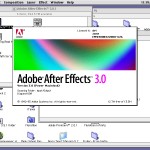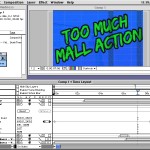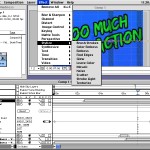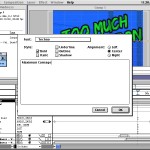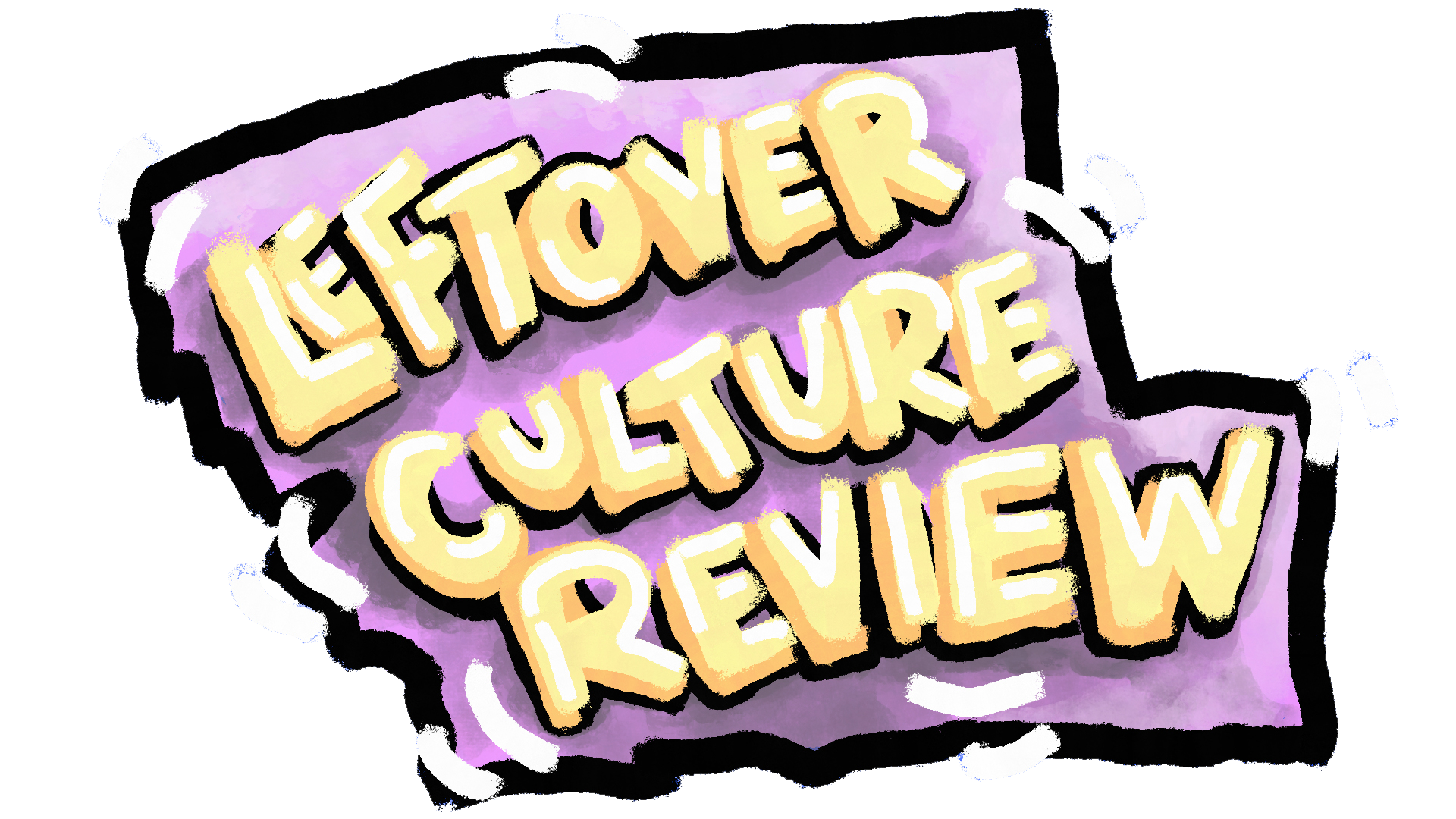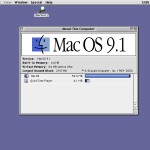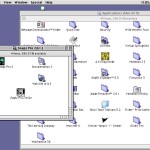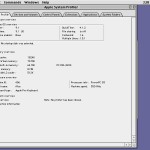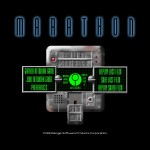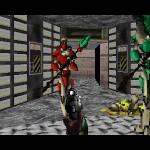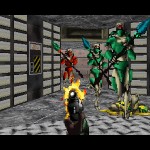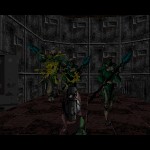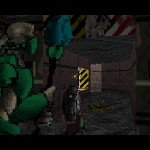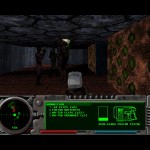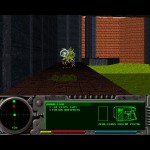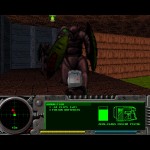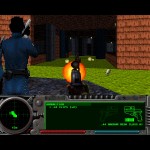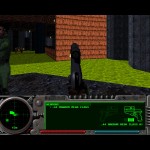The Apple iMac is an incredibly iconic piece of hardware. Candy-colored and tasty looking. These computers were designed to bring convenience to the user with everything you’d need built-in. Attach your keyboard and mouse and start computing like it’s the year 2000!
Running the operating system, Mac OS9.1, this iMac G3 can run all the classic Mac software. As Apple moved into OSX and beyond, they retained support for a Classic Mac mode on their PowerPC computers. Ultimately however, Apple dropped support once they moved into using Intel processors. It’s possible to emulate a lot of the older Macintosh OS’s but the original iMac G3 models look incredibly 90’s and really encapsulate a lot of design trends from the turn of the century.
So is still worth running an old Apple iMac G3 with Mac OS9.1?
For me? Yes. The original iMac’s are incredibly iconic computers and there’s a lot of fun applications to find here. Either they were exclusive or got started on the classic Macintosh operating system. So I wanted to explore what made this system so special. The look, the feel, the applications of the original Apple iMac computers.
Classic Mac OS 9.1 Games
Marathon, Marathon: Durandal & Infinity
Released by Bungie initially in 1995, the Marathon games are a series of 3D first person shooters released originally released on Mac OS7. Marathon was heralded as the Killer App for the Macintosh platform, especially with the success of Doom. Unlike Doom however, Marathon focused on the story of the space ship, Marathon, with information shared about the alien invasion and the levels via the computer terminals on the stages.
Each of the Marathon games also supported network deatmatches for multiplayer. Supporting up to 8 gamers on the network, the first Marathon game included 10 different maps, with more content added with the second game, Durandal and the third, Infinity.
Marathon Durandal was released on Microsoft Windows 95 but failed to garner much attention. It’s an essential part of the Classic Mac experience and an exciting prospect for the small gaming scene on the Macintosh computers.
Download the Marathon games here
P.A.W.S – Personal Automated Wagging System
You’re a dog. Doing dog things. In Domestic Funk and Organa’s dog simulation software. Chasing cats, delivering mail and finding buried bones. It’s an incredible simple simulation but with a unique art style, plenty of colors and a fun theme.

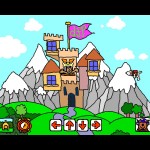
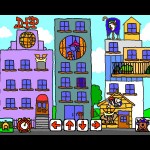
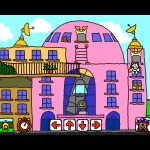
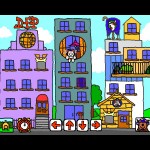
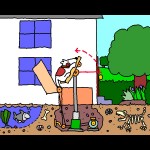
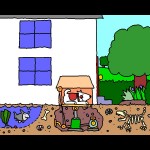
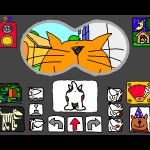
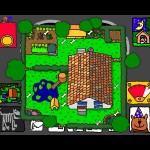
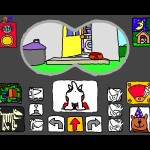
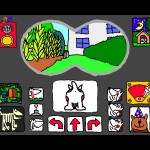
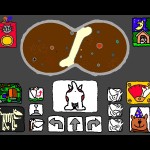
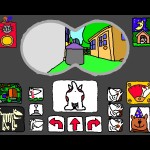
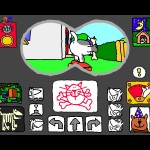
Fisher-Price Pirate Adventure & Castle
Fisher-Price is an educational toy company, owned by Mattel since the early 90’s. They partnered with Davidson’s & Associates (of Maths Blaster fame) to release a range of software such as Wild West, Castle and Great Adventures Pirate Ship. All games follow a similar theme, where the player is guided to find certain objects through a point-and-click adventure filled with puzzles, mini-games and adventure.
Download Fisher-Price Great Adventures Pirate Ship
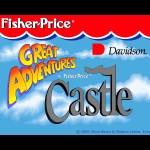
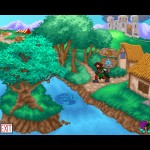
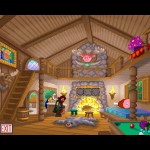
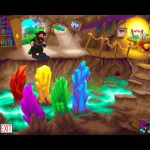
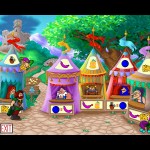
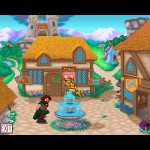

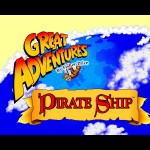
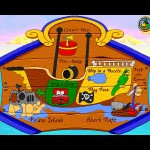
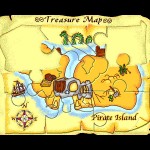
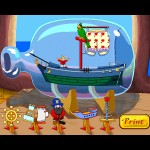
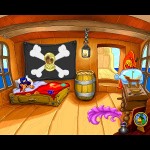
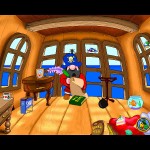
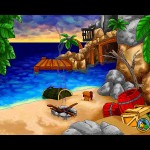

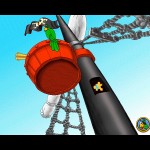
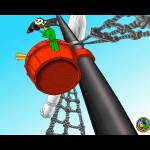

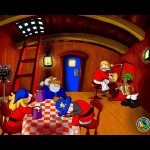

Magic School Bus Lands on Mars
Developed by KnowWonder Inc in 2000, The Magic School Bus Lands on Mars is an activity center type software. There were several Magic School Bus games developed, each one was fairly similar in the way they operate. With an educational focus, players were encouraged to click around, discover, play mini-games and explore.
Download the Magic School Bus Lands on Mars here
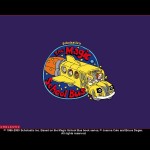
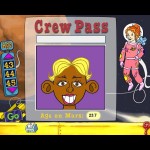
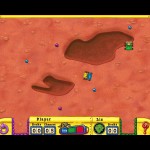



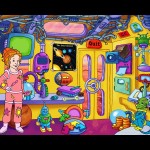
Killing Time
Another 3D first-person shooter for the Macintosh, and the spiritual sequel to one of the first ever console 3D shooters ‘Escape from Monster Manor’ on the Panasonic 3DO. Killing Time has an interesting theme, as you navigate a large estate and use the ghosts of the residences to uncover the mystery.
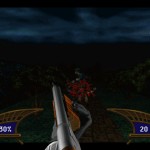
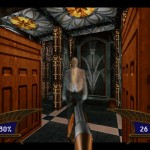
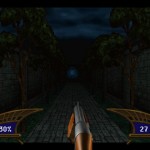
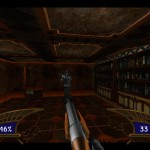
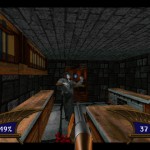
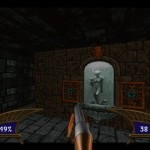
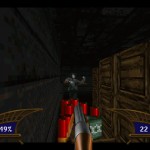
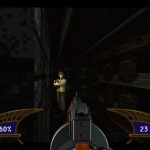
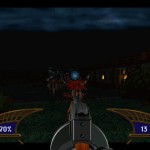
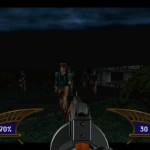
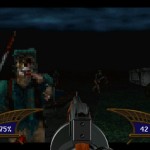
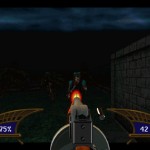
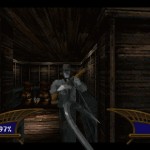
Productivity Software
Final Cut Pro 1.0
Released in 1999, the original Final Cut Pro managed to bring a lot of professional video editing functions into an affordable consumer solution. In the 90’s, digital video editing solutions often involved extra hardware, computer workstations and industrial-grade software.
Grab a copy of Final Cut Pro for yourself here.
The fact it can run and edit on a baseline iMac G3 from 2001 is a testament to how efficient and accessible the software is. Although my Indigo iMac doesn’t meet the recommended minimum requirements to run the software, it still works using extra virtual memory.
Adobe Premiere 2.0
Adobe had an incredible growth period throughout the 90’s, acquiring a range of software and pushing multiple releases across both PC and Macintosh. Seeing the early versions of Adobe Premiere and After Effects really makes it easy to appreciate how far Adobe have come.
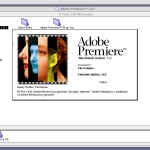
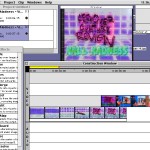
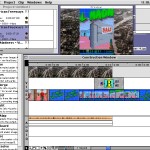
After Effects 3.0
After Effects especially is still a powerful video composition tool and a lot of the features remain in-tact while I was editing my Mall Madness Video Game Trailer.
Check out After Effects for yourself here on the Macintosh Repository.
